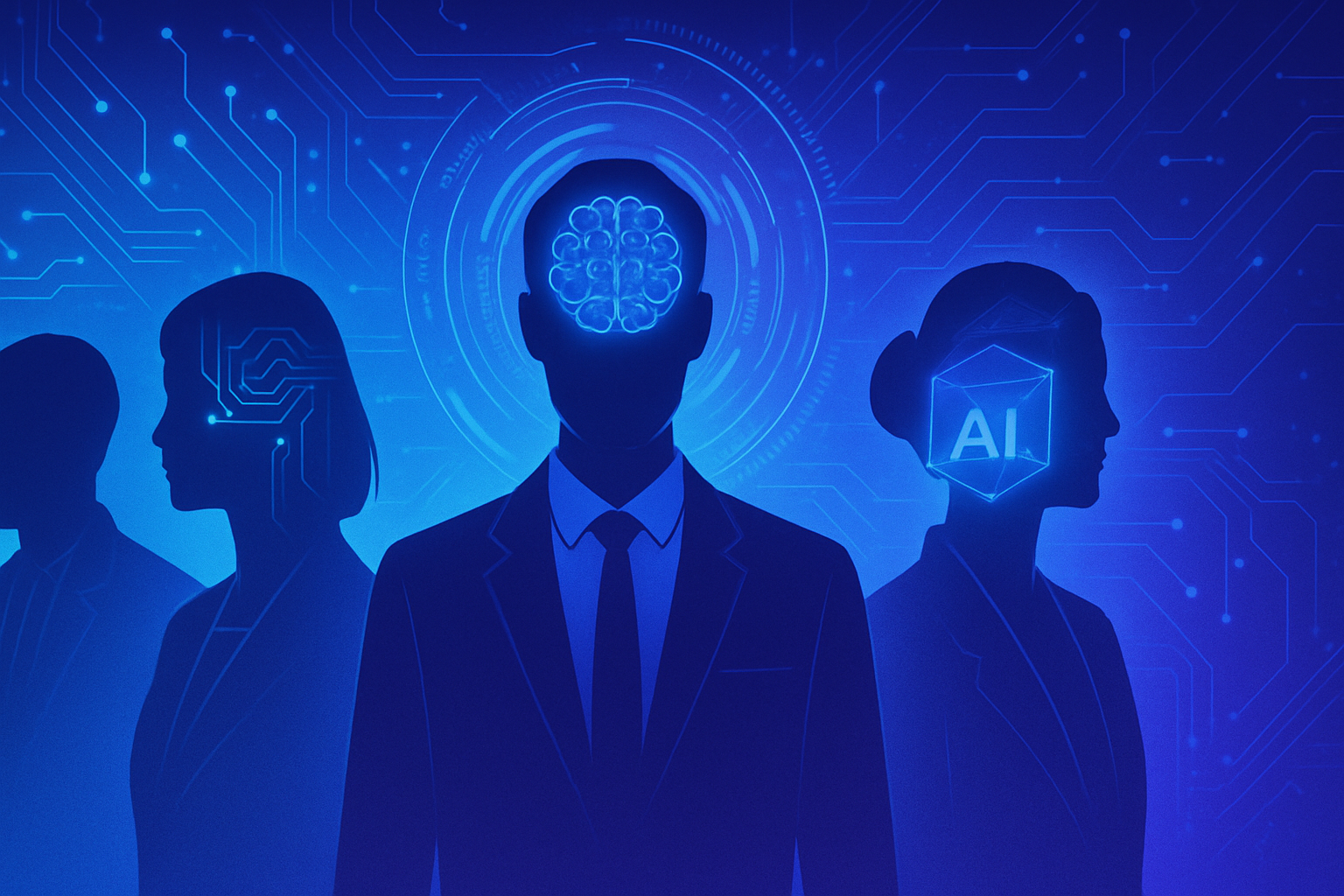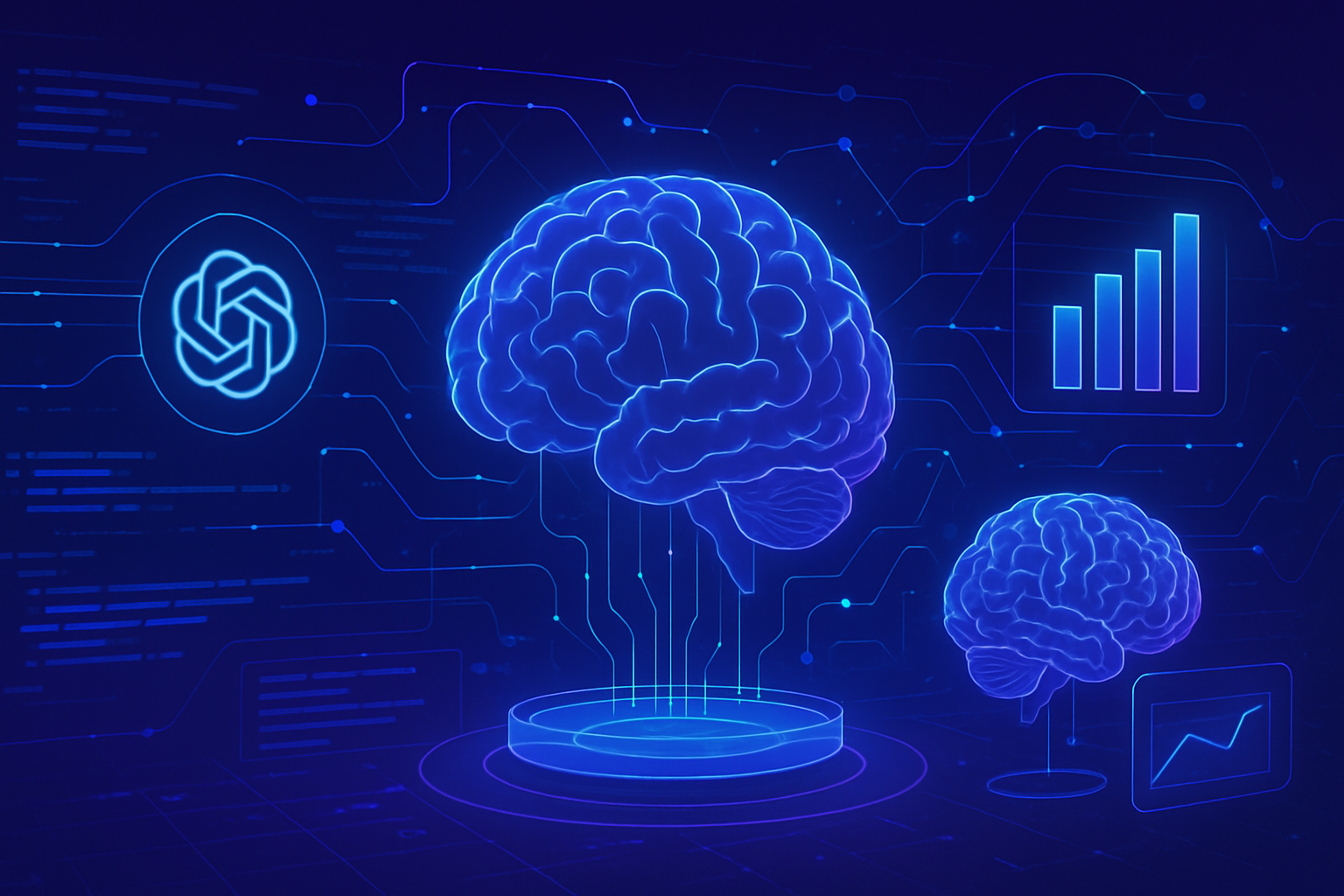The pervasive surveillance of individuals raises major ethical questions in our modern society. A recent study highlights how this practice is exploited to access personal data, monetize behaviors, and control the actions of those who are its victims. Research shows a significant increase in scientific publications on computer vision, related to surveillance patents. This phenomenon raises disturbing normalization of surveillance, obscuring its real scope. The impact on human rights and privacy constitutes a major issue in an era where technology reigns supreme.
An alarming study on pervasive surveillance
An in-depth research recently published in the journal Nature by Dr. Abeba Birhane and her team has revealed the growing role of computer vision in the systematic surveillance of individuals. This study is based on the analysis of over 40,000 documents, including research articles on computer vision and associated patents, covering a period of four decades.
A significant increase in surveillance-related documents
The results show a fivefold increase in computer vision publications related to surveillance patents. This highlights a worrying phenomenon: the normalization of surveillance through obfuscated language, making it more difficult for the general public to be aware of the underlying mechanisms of this surveillance.
Leading institutions involved
The major institutions generating the most research on surveillance include giants such as Microsoft, Carnegie Mellon University, and MIT. Internationally, the United States, China, and the United Kingdom dominate the production of work related to this surveillance. The study emphasizes that these countries are at the forefront of initiatives that exploit these technologies for social control.
Language as a means of concealment
Researchers have noted a linguistic evolution in the field, with a trend to mask the extent of surveillance. Terms such as “object” have been widely adopted to reference individuals, thus diluting the perception of their humanity. The prevalence of technical jargon favors analytical aspects at the expense of a person-centered approach to those surveilled.
Fundamental rights under threat
The research reveals that the rights to privacy and certain freedoms are now at risk. The incessant gathering of data allows surveillance technologies to access individual behaviors, thereby facilitating their monetization and exploitation for coercive purposes. The ease of escaping this surveillance is diminishing, rendering each individual vulnerable.
Call to action and possibilities for intervention
The authors of the study have expressed their hope that these findings will equip activists and grassroots communities with evidence to advocate for meaningful changes. Dr. Birhane also invites researchers in computer vision to adopt a critical approach and oppose surveillance projects, while encouraging public education on the ethical dimensions of these technologies.
Conclusion on societal implications
The research stipulates that the threat to individual rights could prompt regulators and policymakers to reconsider the ethical implications of using technology. An open and informed dialogue is essential to navigate the shifting landscape of modern surveillance. Initiatives aimed at repositioning individual rights at the center of technological policies could transform systems in favor of a future more respectful of fundamental freedoms.
Frequently Asked Questions
What is pervasive surveillance of individuals?
Pervasive surveillance refers to the constant observation of people’s behaviors and interactions through various technological means, including facial recognition and data collection.
How is pervasive surveillance used to access our personal data?
It uses technologies such as computer vision to collect and analyze individuals’ personal information, often without their explicit consent.
How does surveillance help monetize our data?
The data collected through surveillance can be resold to companies for targeted advertising campaigns and other uses, generating substantial profits from personal information.
What are the risks associated with coercion through surveillance?
Coercion can manifest through social control and manipulation of individuals’ behaviors, creating a climate of distrust and anxiety within society.
What types of surveillance technologies are most common?
Common technologies include surveillance cameras, facial recognition, location tracking applications, and online monitoring systems.
How does research in computer vision contribute to surveillance?
Research in computer vision enables the development of algorithms capable of analyzing and interpreting visual data, thereby enhancing surveillance capabilities.
What privacy rights are called into question by surveillance?
Surveillance raises concerns regarding the rights to privacy, freedom of expression, and freedom of movement, often threatened by intrusive practices.
How can communities resist pervasive surveillance?
Communities can resist by advocating for political changes, educating themselves about their rights, and adopting technologies that respect privacy.
What role can artificial intelligence researchers play in the face of surveillance?
Researchers can oppose surveillance projects, focus on the ethics of their field, and raise public awareness about the dangers of excessive data collection.
What actions can be taken to regulate pervasive surveillance?
Regulations can be established to limit the use of surveillance technologies, define consent standards, and ensure transparency in data collection.






